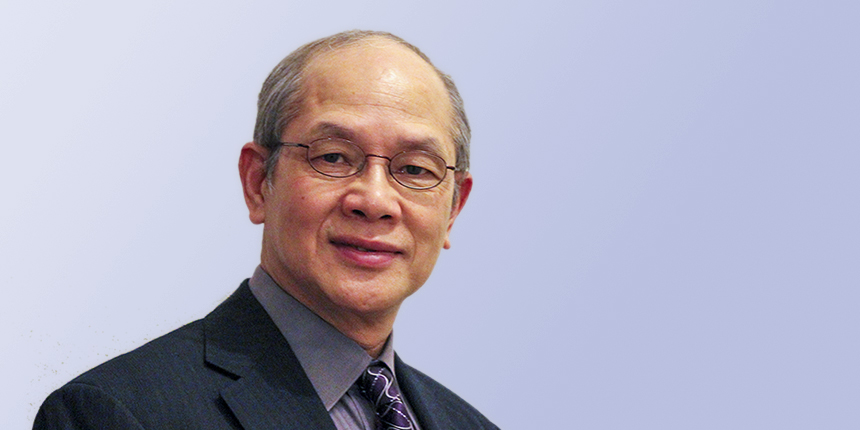

At the virtual Annual Meeting of Members, Engineers Canada officially welcomed Danny Chui as 2021-22 president. We caught up with Danny to get his thoughts on the presidency and what he hopes to accomplish during his tenure.
What considerations led you to consider the role as president?
The year I decided to run for president marked my 28th year as a volunteer for PEO and my third year with Engineers Canada. As an immigrant, I am grateful for the opportunities I’ve had and the education I’ve acquired in Canada while pursuing a career in engineering. To express my gratitude, I wanted to give back to the Canadian society through actively participating in the engineering community as councillor to PEO and Engineers Canada Board director. During this time, I noticed some challenges emerging that I wanted to address such as: accreditation system efficiency and validation, registration of emerging disciplines, and dealing with the rise of the entrepreneurial engineering. Additionally, I wanted to promote a more cohesive space for all regulators, large and small. These are the main reasons why I wanted to take on the role of president.
As Engineers Canada’s newly elected president, what do you hope to accomplish in the coming year?
In the next year, I would like to work with the Engineers Canada Board to increase collaboration and harmony across the Board. With my collaborative and inclusive leadership style, I hope to find ways to bring unity to a dynamic national body where both large and small regulators work collectively in dealing with national issues. Additionally, I would like to ensure the meetings I lead are productive and efficient. In a recent training session for the committee chairs, a key takeaway for me were the tools introduced for effective leadership. One of which was the “SLAPS” (Stay neutral, Listen actively, Ask questions, Paraphrase if necessary, and Summarize) rule for conducting meetings. I hope to remain conscious of these guidelines and ensure to practise these rules in all the meetings that I lead.
What are your thoughts on the current strategic direction of Engineers Canada?
The current strategic direction is multifaceted and is a true representation of the range of work undertaken by Engineers Canada. Not only am I am looking forward to seeing the current strategic plan through, but also bringing forward the new one. I love Engineers Canada’s new vision statement, “Advancing Canadian engineering through national collaboration,” and as I mentioned in my inauguration speech, I have a great appreciation for the word “collaboration.” For me, it signifies compromise, cooperation, and working with others towards a common goal. Regardless of what region we come from, the Engineers Canada Board are working as one united, harmonized, and coherent group, bringing the knowledge and concerns of our own regulators to the table.
In the final year of the current Strategic Plan, how do you feel Engineers Canada can continue to move its strategic goals forward?
The current strategic priorities are all progressing well, and I am optimistic that by year-end they will reach their expected results. Each of the four strategic priorities will remain at the forefront of Engineers Canada’s work and will continue to be embedded in future operations. For example, being that accreditation is the backbone to Engineers Canada’s work, it needs to be continuously modified and adapted to the requirements of the Higher Education Institutions (HEIs), the deans, students, and the regulators. Additionally, a continued, deeper focus on equity, diversity, and inclusion (EDI) can contribute to advancing Engineers Canada’s goals. With great success thus far, a big thanks goes to the Engineers Canada staff and our CEO, Gerard McDonald, for their work in advancing Engineers Canada’s strategic plan.


